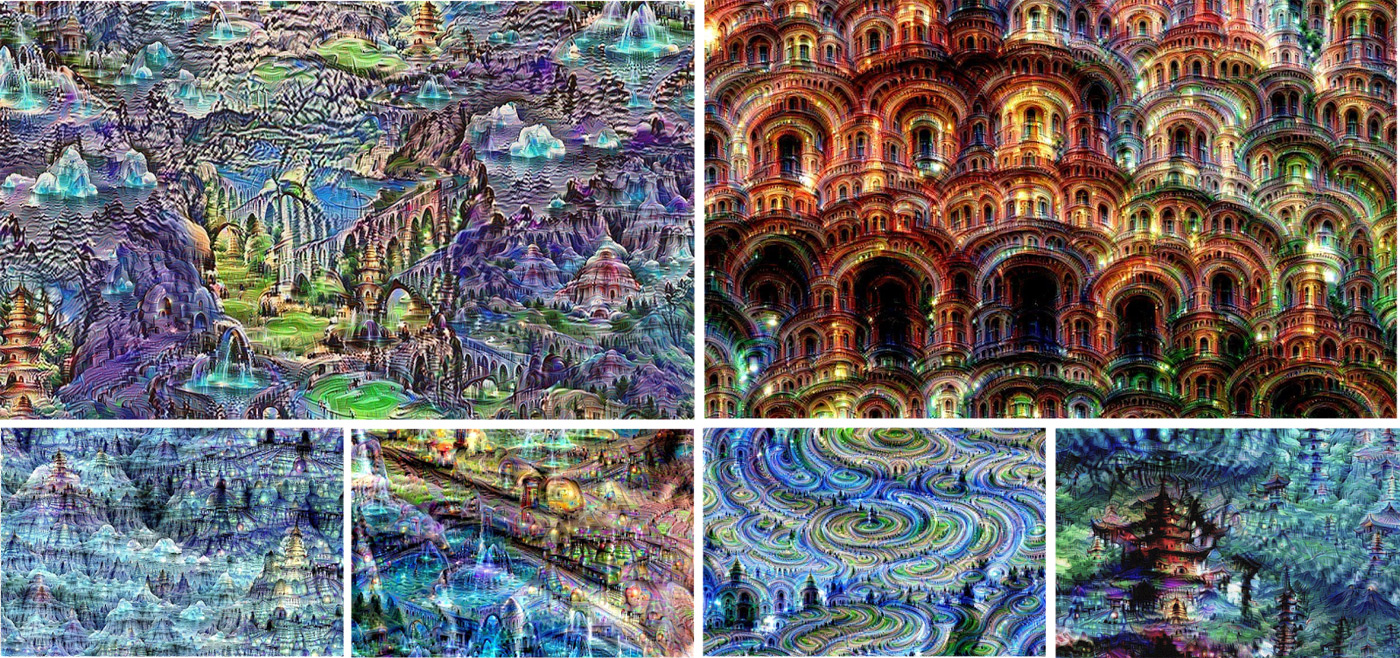----
Honoré Daumier: The Michelangelo of Caricature
// Print Magazine
"There is a lot of Michelangelo in that fellow," observed realist author and playwright Honoré Balzac in reference to Honoré Daumier. As one of the well-known artists of the French Realism Movement, an era of artists who honed in on real life often featuring commoners and laborers as their subjects, Daumier captured the moments of the time on a variety of mediums, including painting, lithography, sculpture, satirical cartoons and caricatures.

Honoré Daumier, Voyageurs appréciant de moins en moins les wagons de troisième classe…, French, 1808 – 1879, published 1856, lithograph on wove paper, Ailsa Mellon Bruce Fund.
Image from National Gallery of Art
Honoré Daumier: Realism, Satire and Caricatures
The National Gallery of Art's Lorenz Eitner notes that his body of work highlights "the characteristic look and demeanor of every segment of Parisian society, ranging from the crotchets and timidities of the urban middle class with which he fondly empathized (Les Bons Bourgeois), to the frauds of speculators (Robert Macaire), the pomposities of lawyers (Gens de justice), the self-delusions of artists, the rapacity of landlords, and the vanity of bluestockings. " His abhorrence for lawyers appears to stem from his early employment as an errand boy for attorneys. He also paid particular attention to King Louise-Phillipe, which eventually provoked the sovereign to sentence Daumier to jail for six months due to the harshness of Daumier's wit in the satirical cartoon of the king.

Honoré Daumier (French, 1808 – 1879 ), Les Tritons de la Seine, 1864, lithograph, Rosenwald Collection 1943.3.3205
From the National Gallery of Art
His 40-year career creating satirical cartoons was chronicled in the French journals, La Silhouette, La Caricature and Le Charivari. His ascent into cartooning stems from the help of a family friend, Alexandre Lenoir, who provided Daumier informal training in drawing since Daumier's family couldn't afford to send him to art school. After copying Lenoir's art collection and the works from the Louvre, Daumier landed a fortunate apprenticeship with a lithographer who taught Daumier the technical aspects of printmaking. From there, the publisher of La Silhouette, La Caricature and Le Charivari hired Daumier around 1829 to be a cartoonist for the satirical publications.

Honoré Daumier (French, 1808 – 1879 ), Un Abus de confiance, 1842, lithograph on newsprint, Ailsa Mellon Bruce Fund 1979.49.105 From the National Gallery of Art

Honoré Daumier (French, 1808 – 1879 ), Des gens dont le soleil réjouit peu la vue, 1855, lithograph, Rosenwald Collection 1958.8.64 From the National Gallery of Art

Honoré Daumier (French, 1808 – 1879 ), Le Tondeur de chiens, 1842, lithograph on newsprint, Ailsa Mellon Bruce Fund 1979.49.40 From the National Gallery of Art

Honoré Daumier (French, 1808 – 1879 ), Ce que certains journaux appeleraient…, 1870, lithograph, Rosenwald Collection 1943.3.3207 From the National Gallery of Art

Honoré Daumier (French, 1808 – 1879 ), Daumier fut le peintre ordinaire…, probably 1839, lithograph on newsprint, Ailsa Mellon Bruce Fund 1979.49.254
If you enjoyed this brief history on the realism artist, Honoré Daumier, and would like to dive more into art history, check out the History of Art course on HOW Design University. You'll explore art history from a broad thematic perspective, looking at art through the lens of nature, the human body, society, religion, and politics. Engaging lectures and projects will challenge you to research and analyze the artists that interest you, opening up new channels of inspiration for your work.
The post Honoré Daumier: The Michelangelo of Caricature appeared first on Print Magazine.
----
Shared via my feedly newsfeed
Sent from my iPhone
